I was warned that Prague is not the capital of cars or high heels. Why? Because the cubic stone is literally everywhere. The streets are small, chic and full of charm. You need a weekend and a day off to visit this city and I let you below my itinerary. Cheers
- 1st Day – Dancing House, Christmas markets, Old Town, Astronomical Clock, Tyn Church
- 2nd Day – Charles Bridge, Prague Castle, Jewish Quarter, Tunnel of Books
- 3rd Day– Free tour Guide, Powder Tower, Vysehrad, Original Beer Spa
Pss! Recommendations for traditional food, but also restaurants and drinks, in the last part of the article.
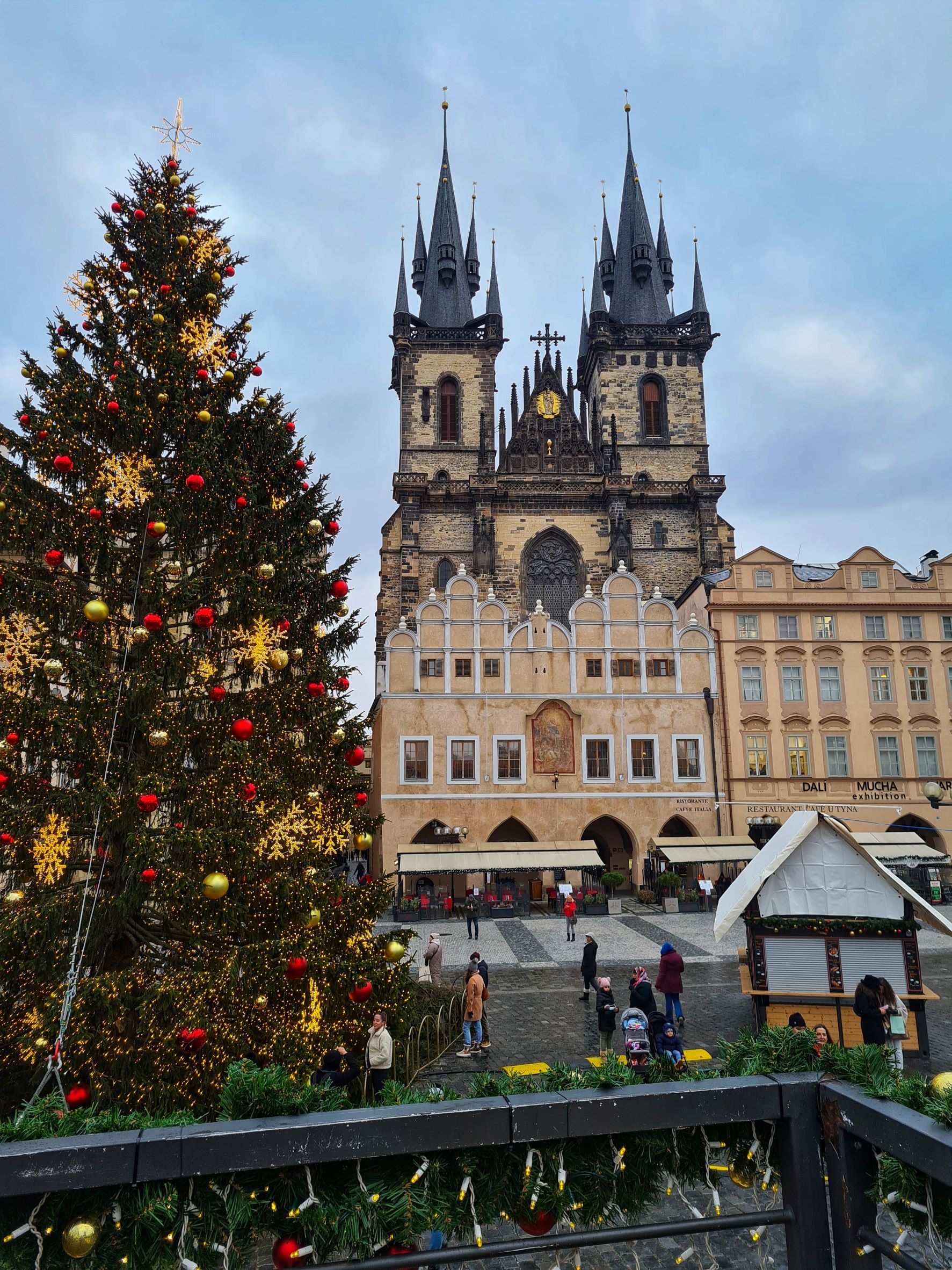
details pre-trip:
Tickets:
Prague is not a destination, you can easily reach from Romania. I think there is a direct flight to Tarom, but it is expensive and the flight is not daily as far as I know. So the flight I chose was one from Lufthansa with a few hours stopover in Munich. The cost was around 150 €.
Accommodation:
The hotel booked was Cloister Inn. I liked that it is 5 minutes from the center and the price is quite reasonable for what it offers.
Covid test / PLF Document:
If you are vaccinated, you do not need a PCR test (December 2021 rules, which are constantly changing anyway and you need to check them). However, you must complete the PLF form on the website: https://plf.uzis.cz/ . You download it on the phone and voila, that’s all.
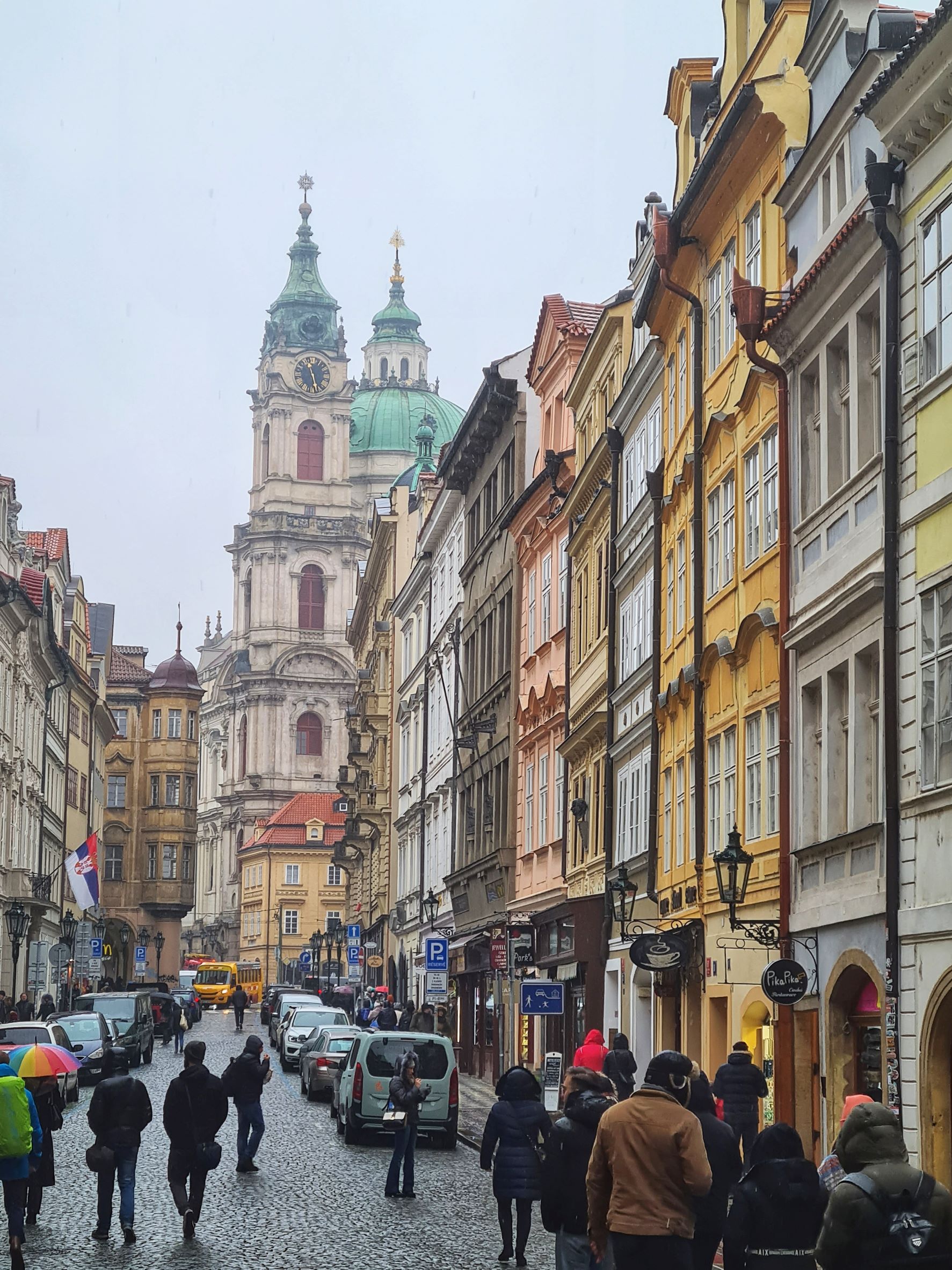
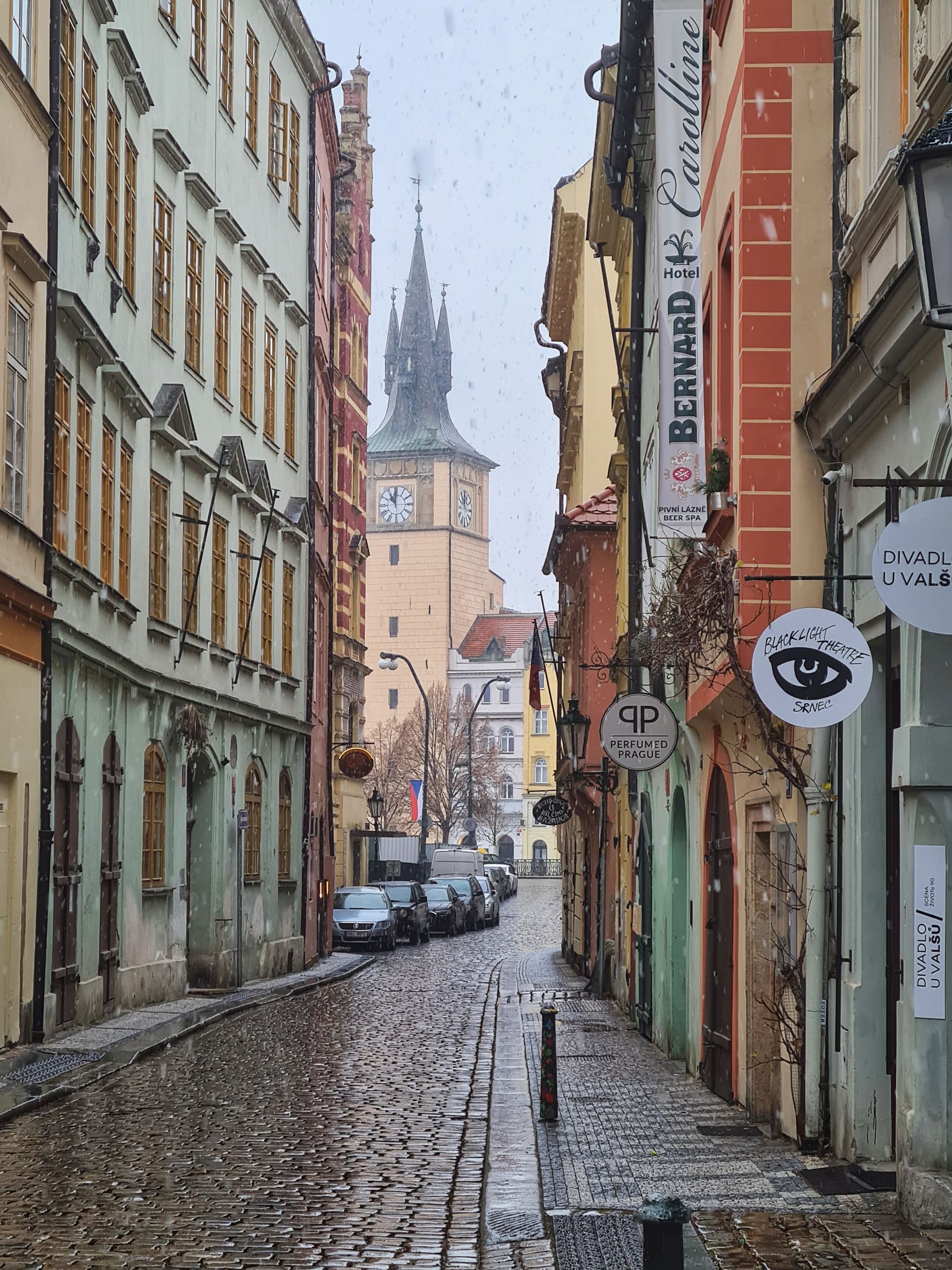
trip and costs:
Day 1:
With a small plane, perhaps the smallest with which I have flown so far, I landed in Prague. As a child, I cannot wait to explore the city. Well, I know I am lucky to have the “expert” by my side, who’s been here a few times before. We slipped among the people at the airport and went on the platform to take the 119 bus.
It comes very fast, about every 5 min, and takes you to Nadrazi Veleslavin, from where you can take the subway in any direction. You can buy the ticket from the station, for 30, 60, 90 minutes and it is valid for subway, bus or tram. For example, the 90-minutes one costs 40 CZK (cash and card).
- Dancing House
The dancing house is located near the Vltava river. It’s like a stamp for the Czech Republic, a well-known landmark. Inside it are events, conferences and several restaurants.
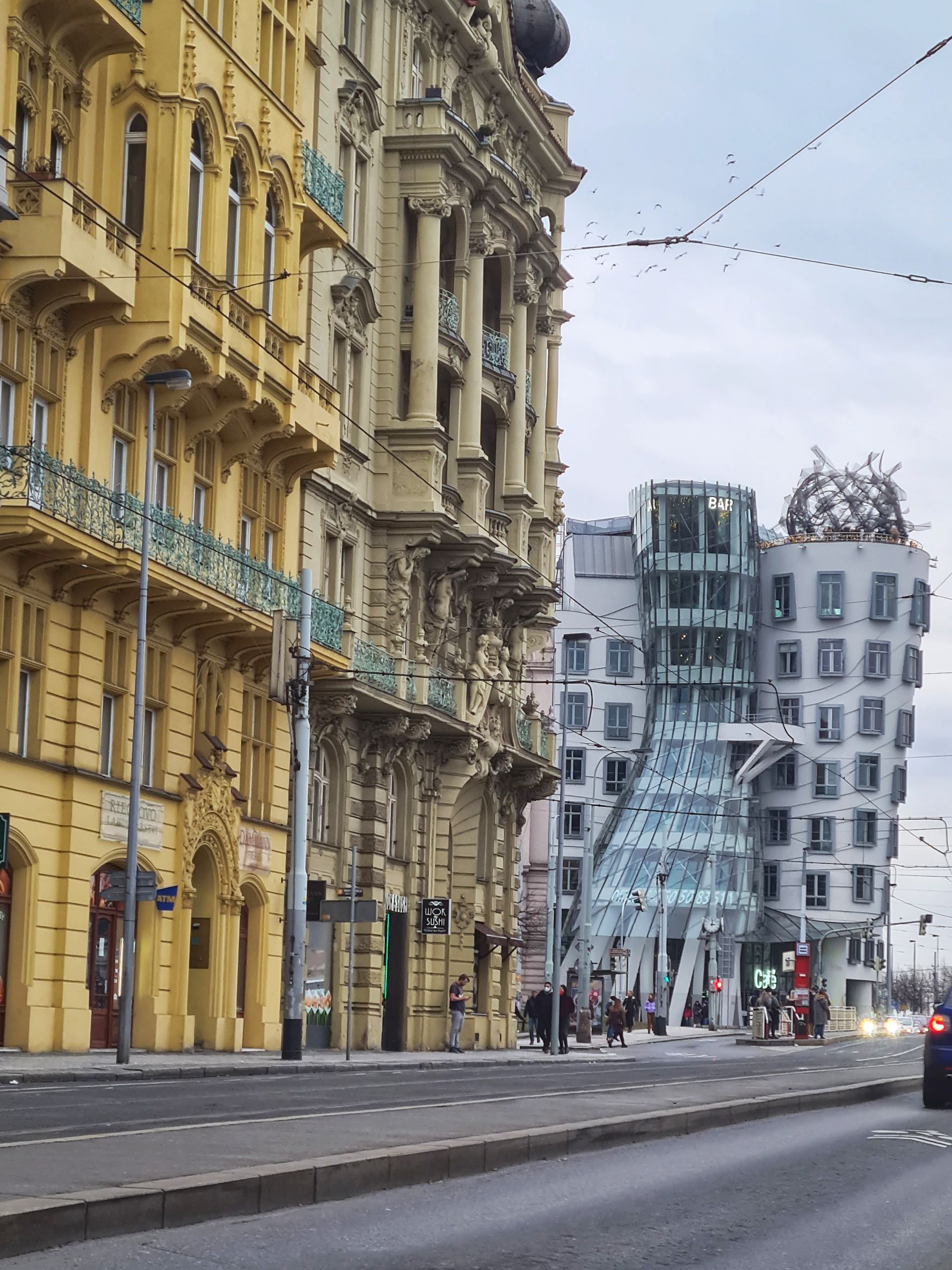
- Christmas markets
The first on the list to visit, of course, we had Christmas markets. Buuuut, there is a BUT. On the afternoon of our arrival, the government announced that some of them would be closed, obviously due to the pandemic.
On the one hand it was the prime minister who announced that they would close, on the other hand the mayor declared that he would not close anything. Chaos and crazy times!
I leave a list with them below, where you can find: Old Town Square, Wenceslas Square, Prague Castle near St. George’s Basilica, Havel’s Market. The only one I found, totally open, it is the one in Wenceslas, where there was an abundance of Kurtos, mulled wine and traditional dishes.
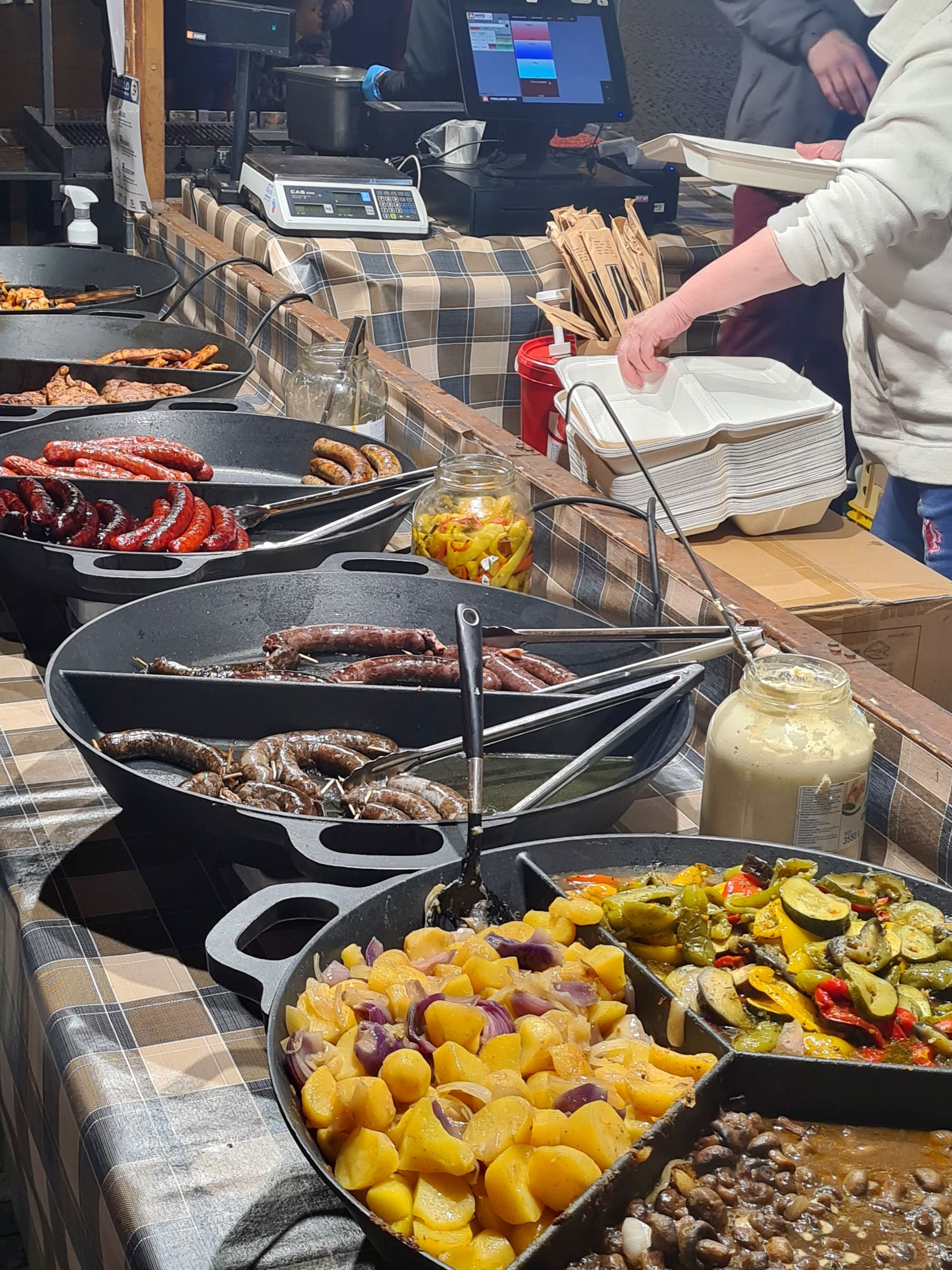
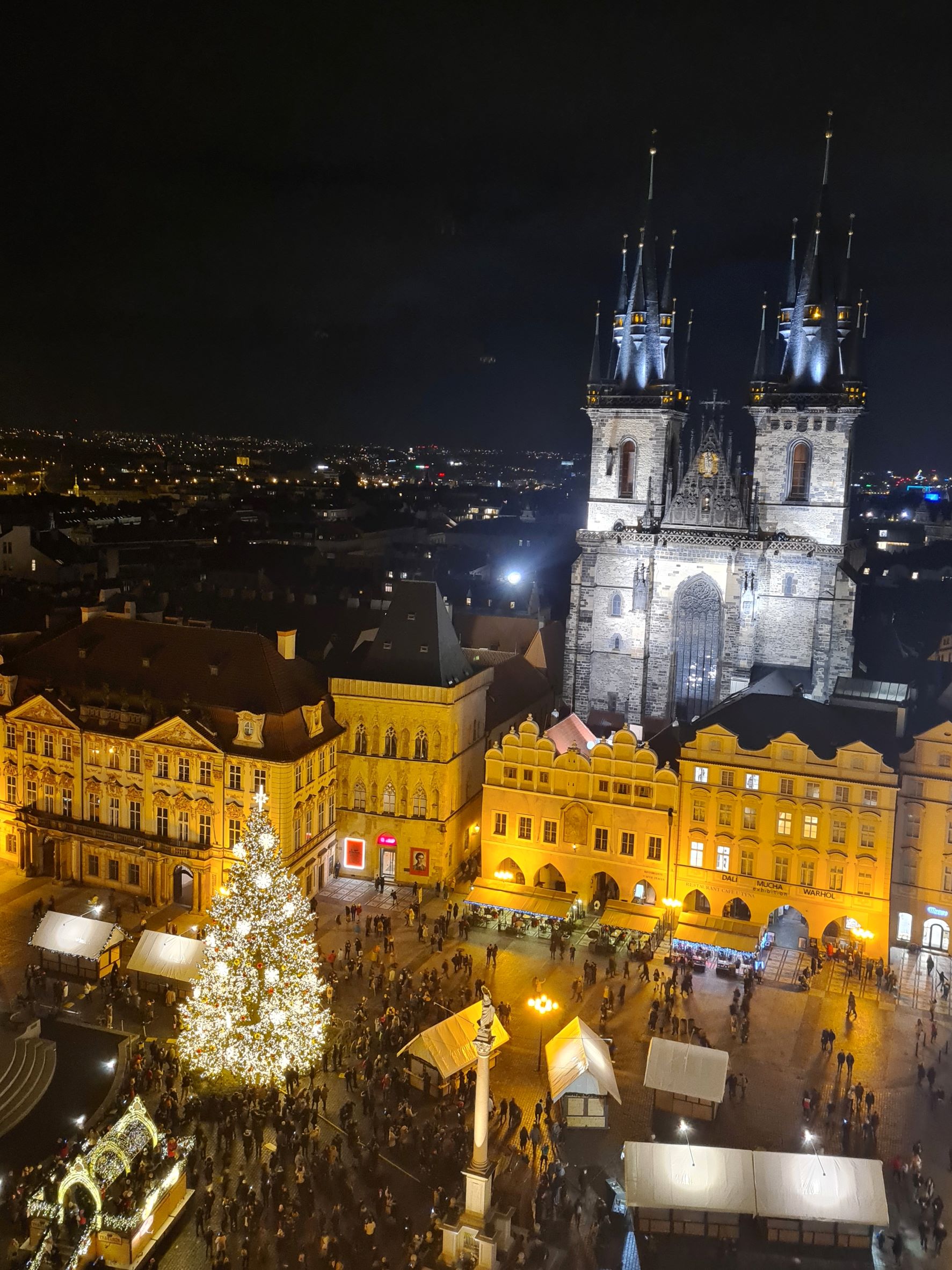

- The Astronomical Clock and how to read it?
I saw the astronomical clock and of course, I liked it. But in fact what I love, it is the bunch of information about it discovered in the next few days.
Built in the 1400’s, it is the OLDEST FUNCTIONAL ASTRONOMIC CLOCK. It contains two dials with an impressive mechanism that indicates both the time and the movement of the celestial bodies. There are 4 ways to read the time in the first dial:
- Old Czech Time / Gothic Time (used 500 years ago) – when the golden hand is positioned on 24, instead of midnight, it indicates sunset time. And it can be seen through the outermost numbers in the dial.
- Current Time – is the normal one, with roman characters from I – XII AM/ PM.
- Babylonian Time – it can be read with the help of black numbers and the sun indicates between which golden lines the time is. This is the only place in the world where this time can be read.
- Stars Time – you can see the position of the earth relative to the sun and the moon, and the center of the needles is fixed in the Czech Republic. On the smaller black dial, there are all the zodiac signs, and the sun indicates the current zodiac. Cool, right?
In the lower dial, on the blue outer side are the days and a list of names to celebrate. Then in the middle are images with various activities depending on the time of year, and in the middle, the Prague symbol with gold.
You can climb the tower for 200 czk per person.
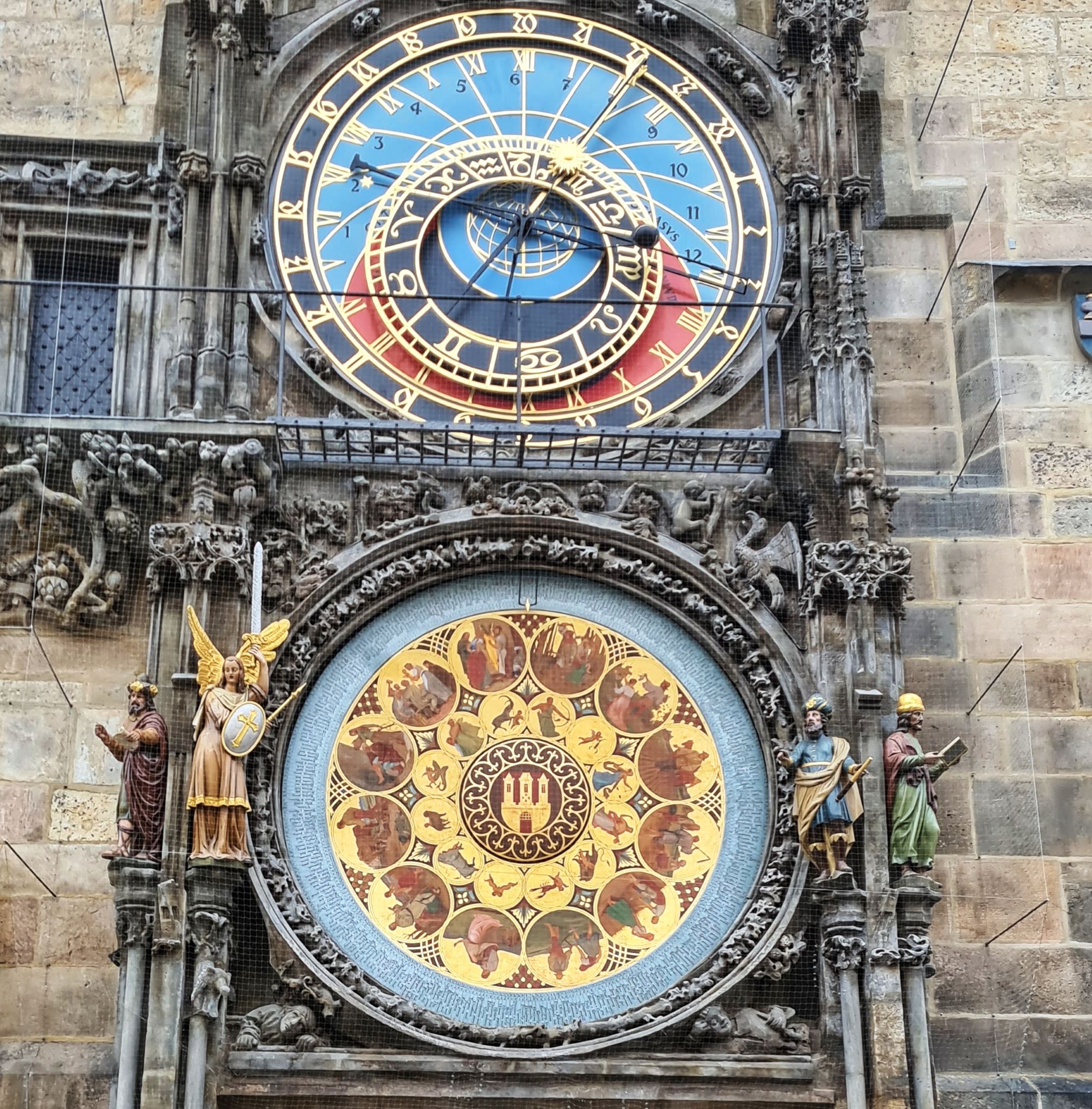
- Tyn Church
A little further on is Tyn Church, imposing in color, with an interesting structure, which was one of Walt Disney’s inspirations for Sleeping Beauty Castle. It is free to visit the church, but the schedule must be checked, because it changes depending on the events.
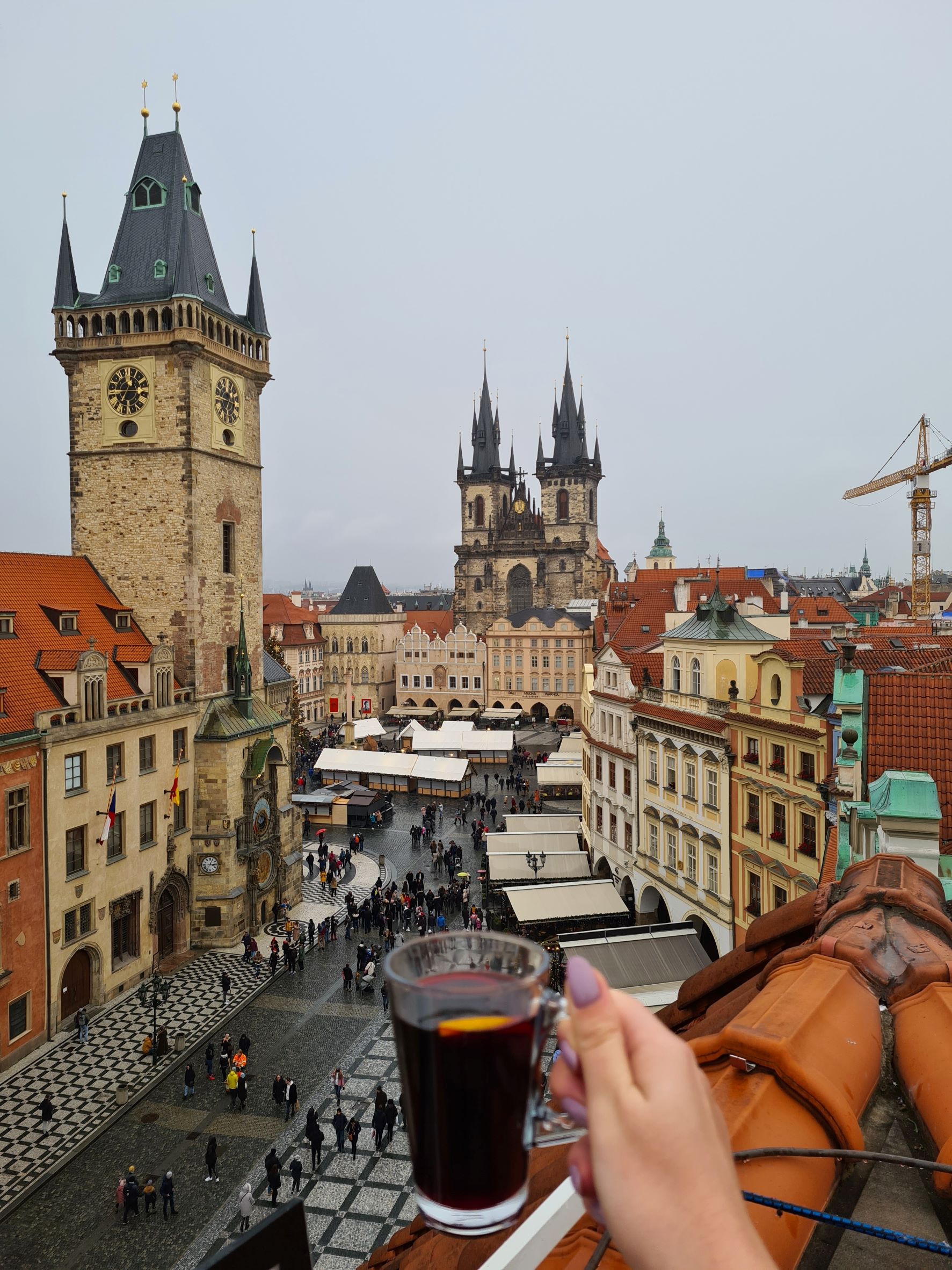
Day 2:
Here is the plan for the second day:
- Charles Bridge
The bridge was inaugurated at 5:31 a.m. on the morning of July 9, 1357. The reason behind this strange decision is that the king was a maniac at the time when it came to astrology and numerology. He thought he would bring lucky, if he arranged the number symmetrically: 1-3-5-7-9-7-5-3-1.
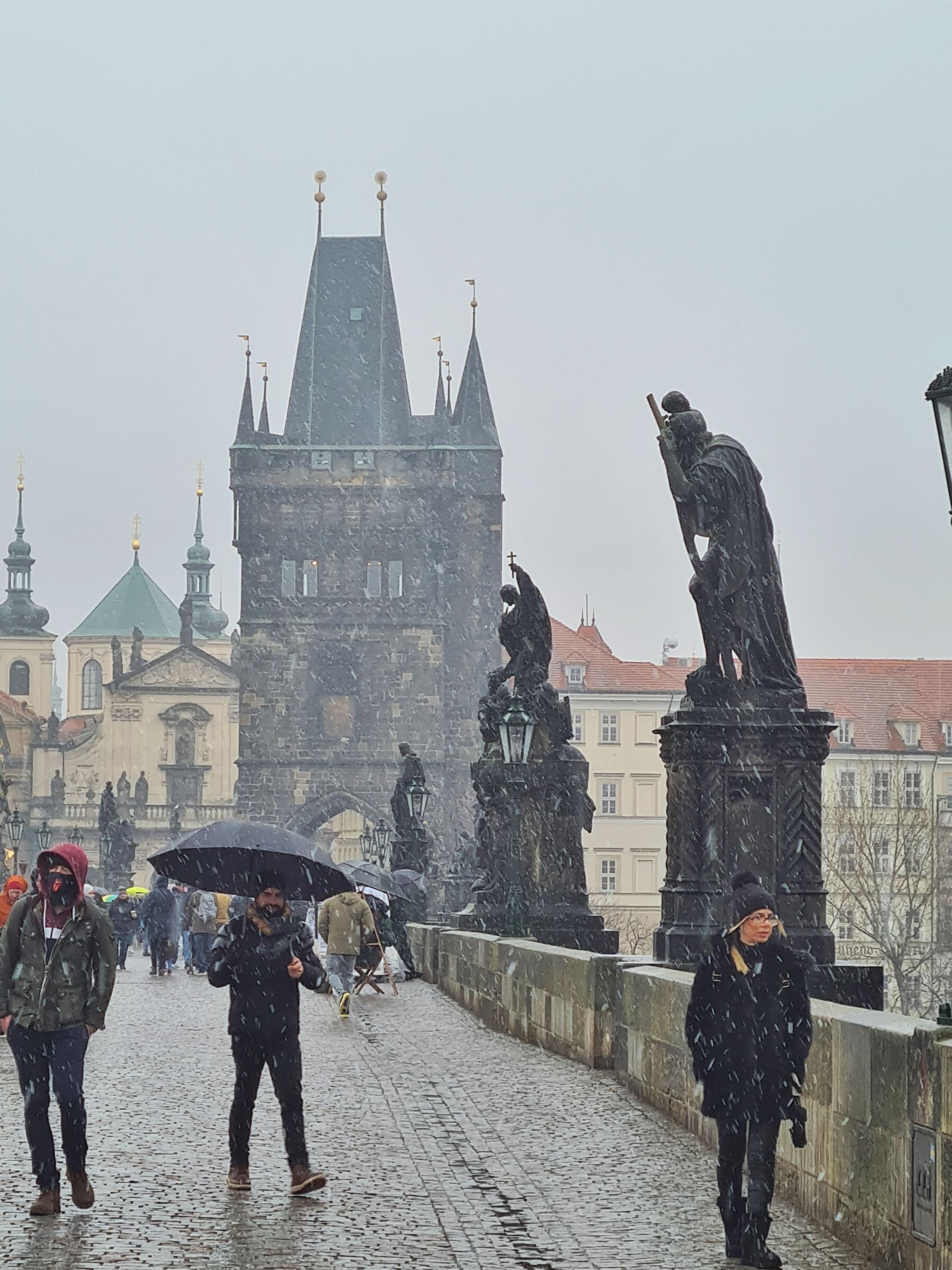
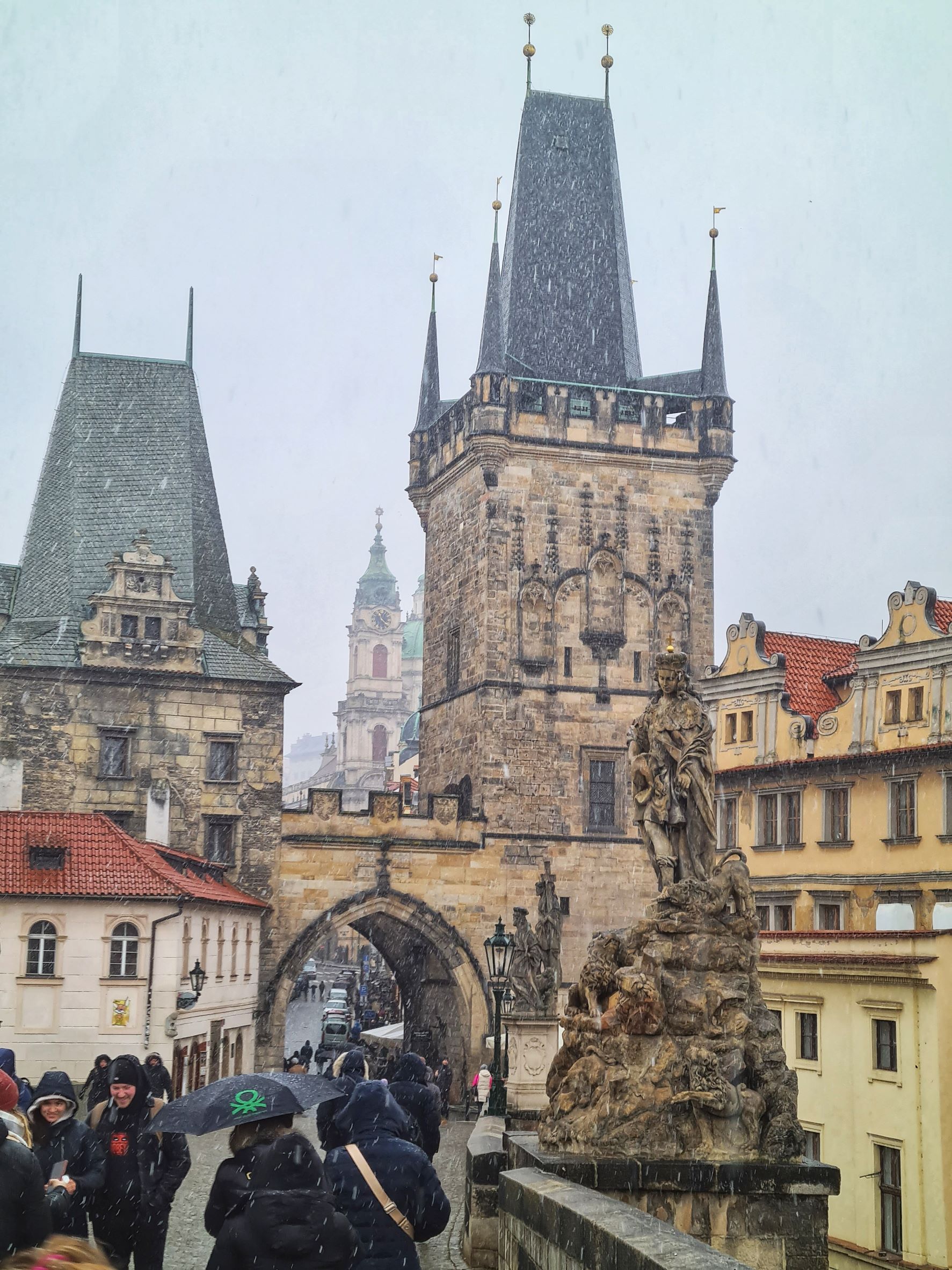
We continued on to Kampa Island, and then to John Lennon Wall. The road leads to the Mala Strana neighborhood and St. Nicholas Church.
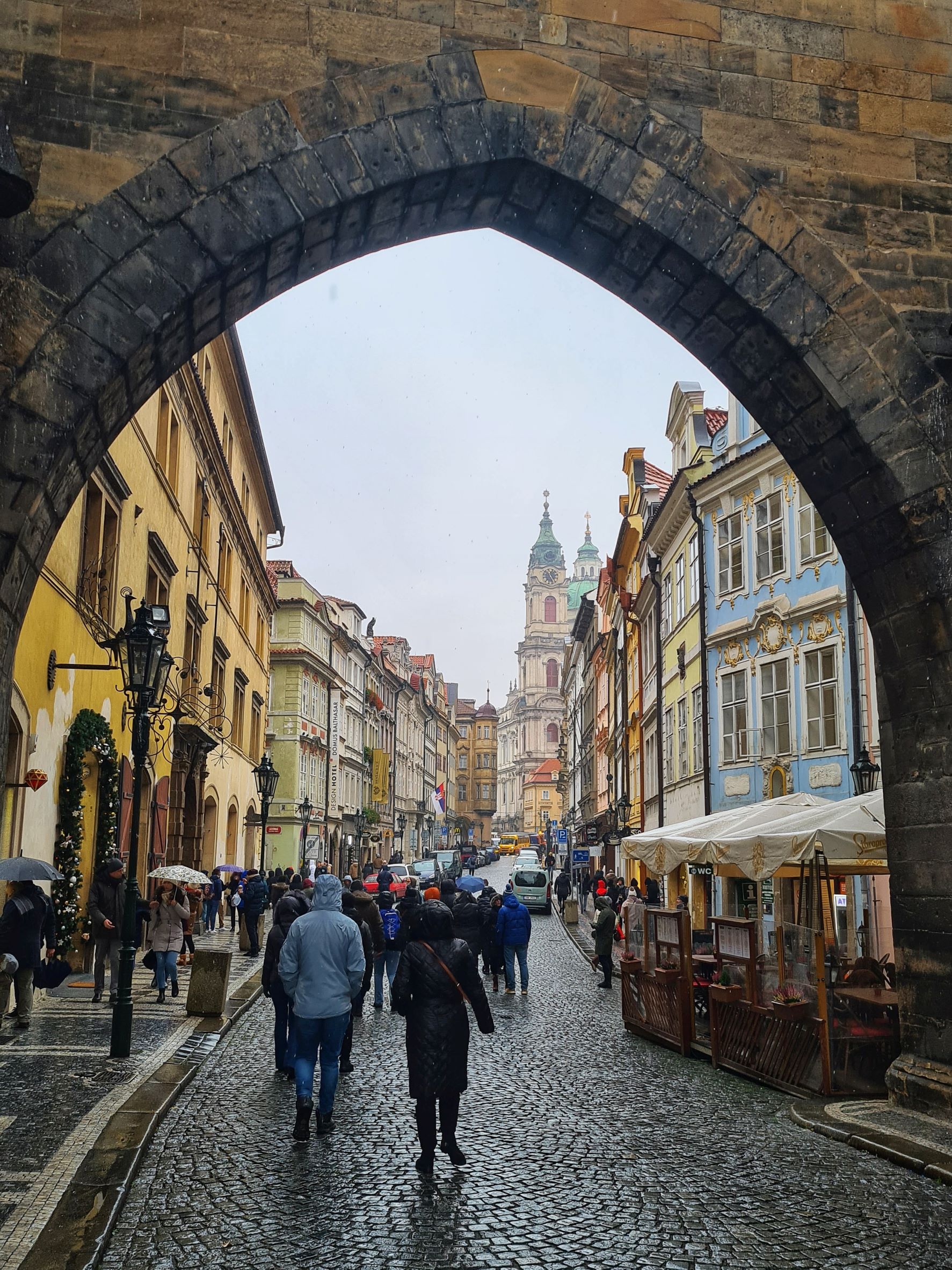
- Prague Castle
It is the largest medieval complex in Europe. Here are some of the most beautiful churches: St. Vitus Cathedral, St. George’s Basilica. You can enter the complex for free, but if you want to visit the churches inside or the famous street with colorful houses, Golden Lane, buy a ticket with a specific circuit.
Pricing site here: https://praguecastle.com/info/tickets/
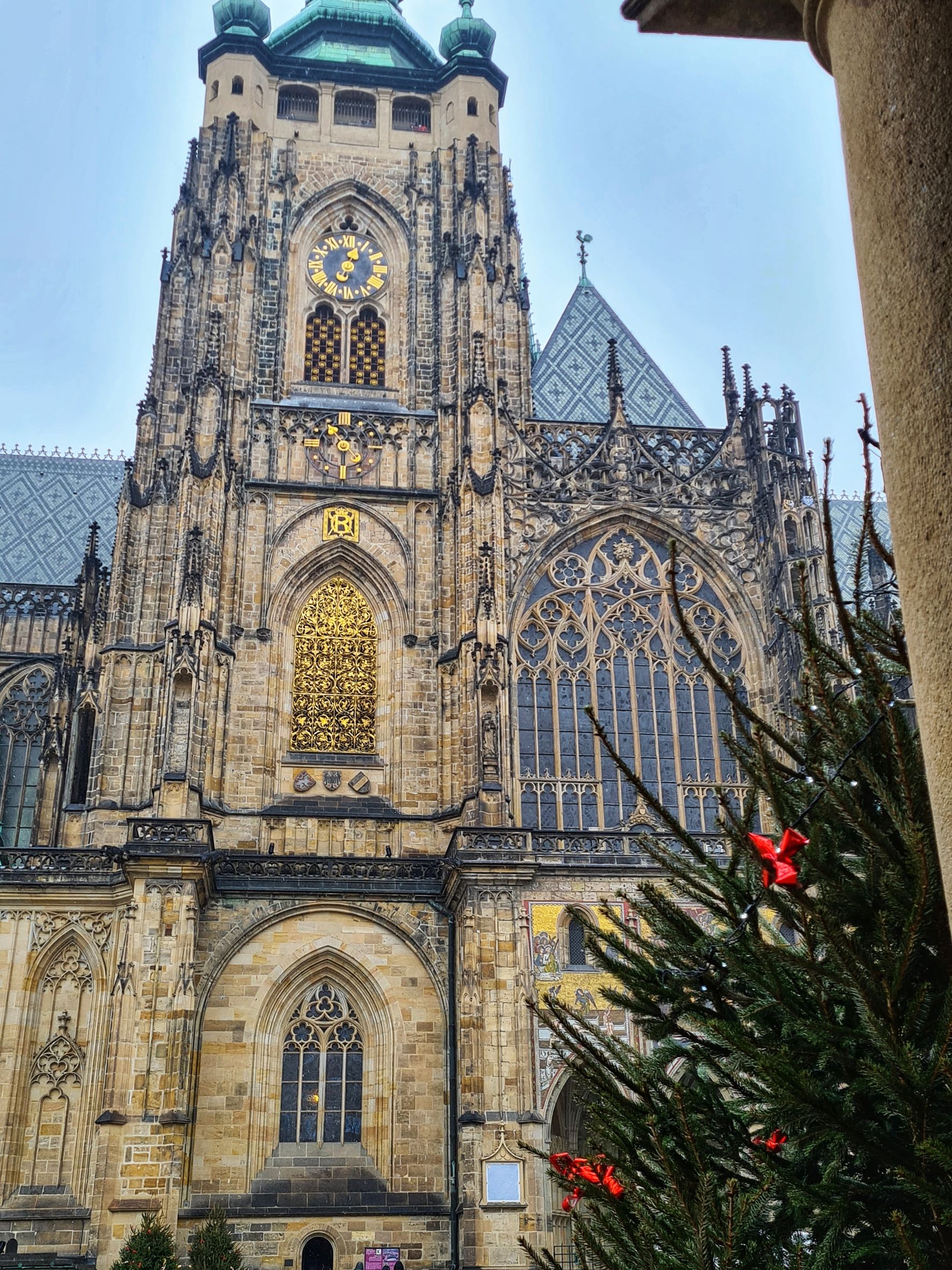
The day ends with a walk through the Jewish Quarter and the Municipal Library to see the book tower.
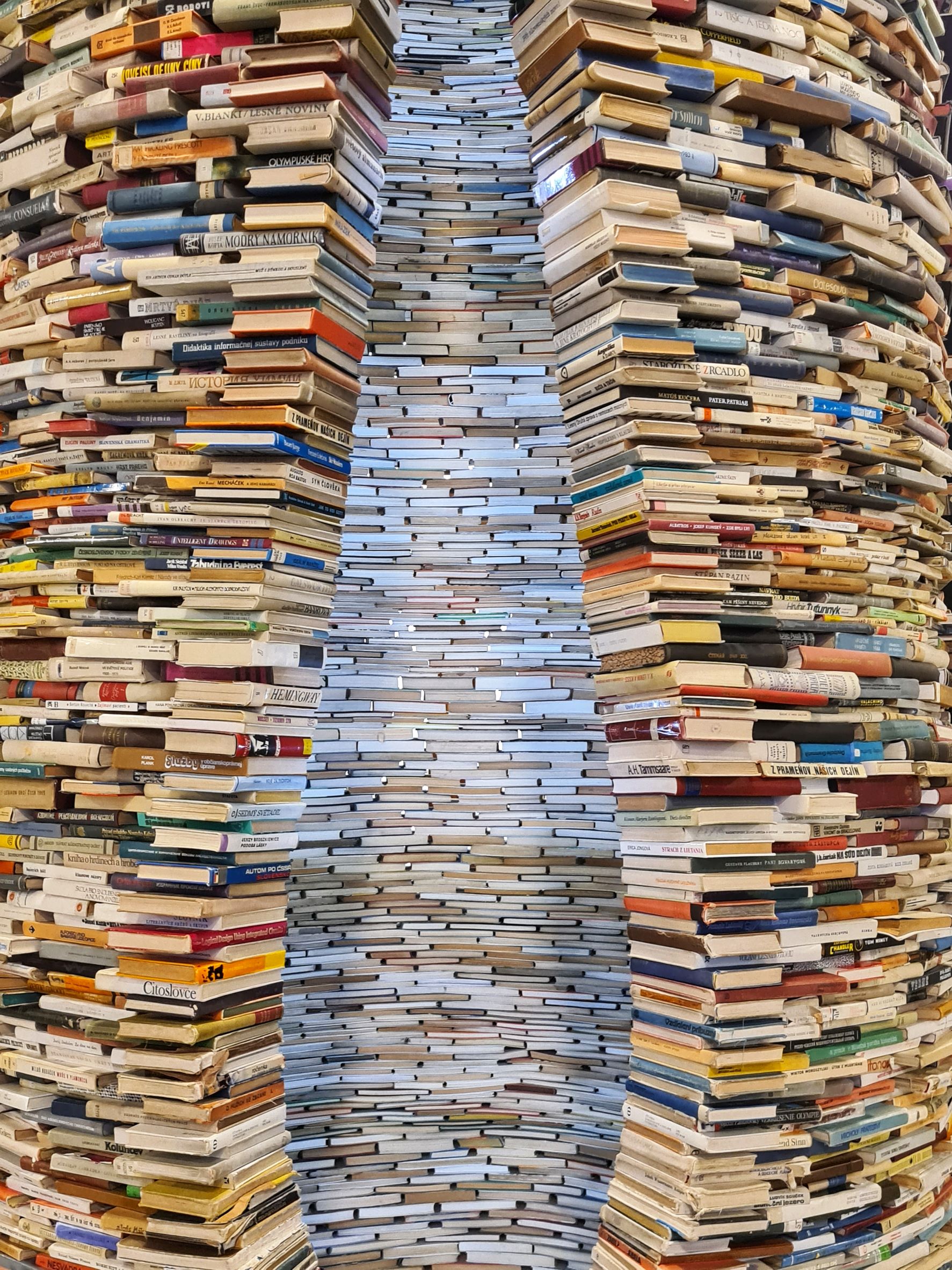
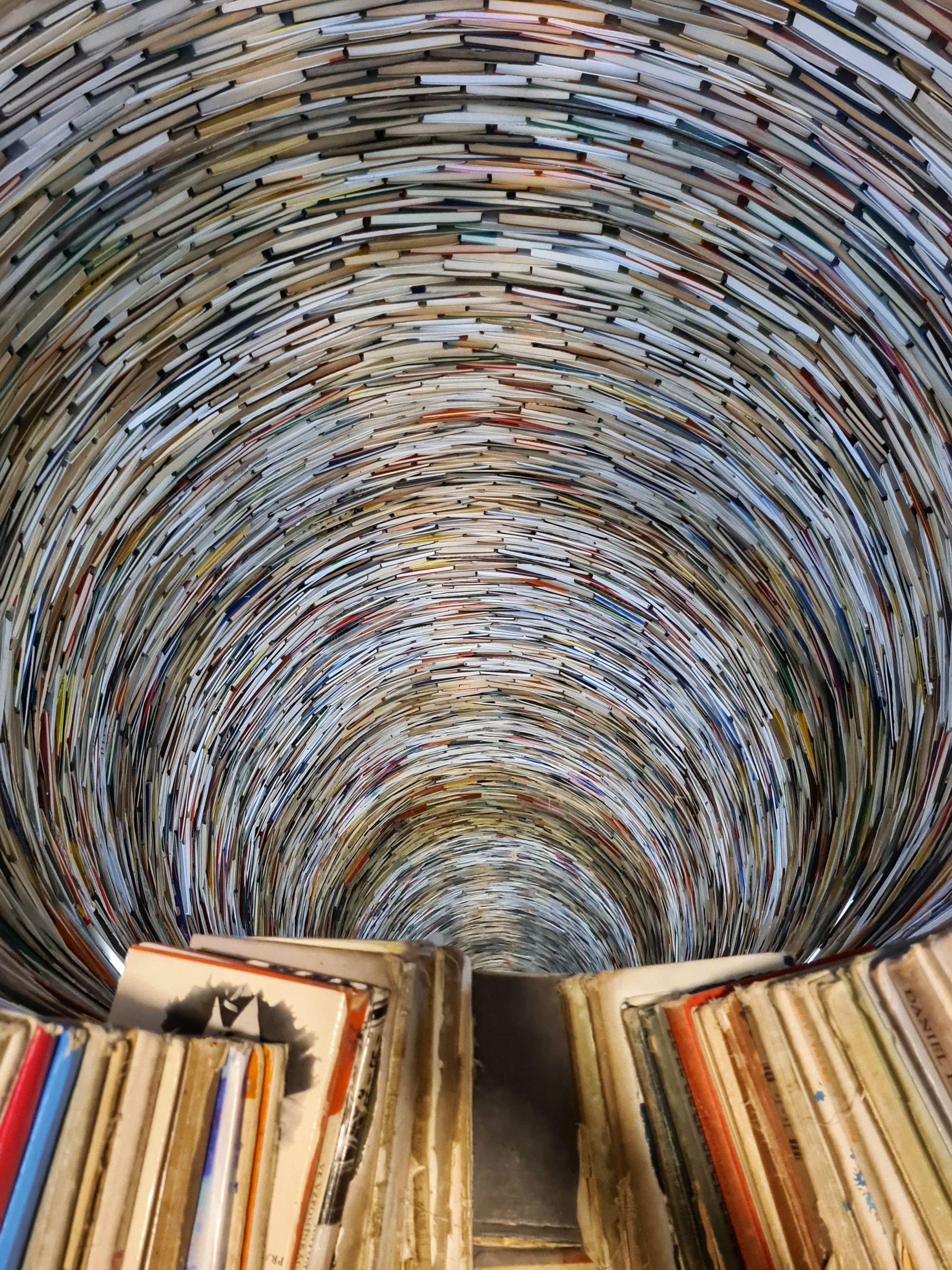
Day 3
- Book a Free Tour Guide
I made the reservation on https://freewalkingtourprague.eu/ and I regret nothing!! If you go in a place, just to admire the buildings, but not to know the stories behind, it is like going to a wedding and the bride and the groom are simply strangers for you :)).
The tour lasts 2.5 hours, check the itinerary on the site and the meeting place is at Powder Tower. Why do I like this free tour guide thing? Well, I find it very interesting how in the same group were a couple from El Salvador, 2 ladies from Michigan, others from Germany, Turkey, California.
Multicultural in the full sense of the word. I leave below some ideas that I wrote down while my hands were freezing on the phone..haha
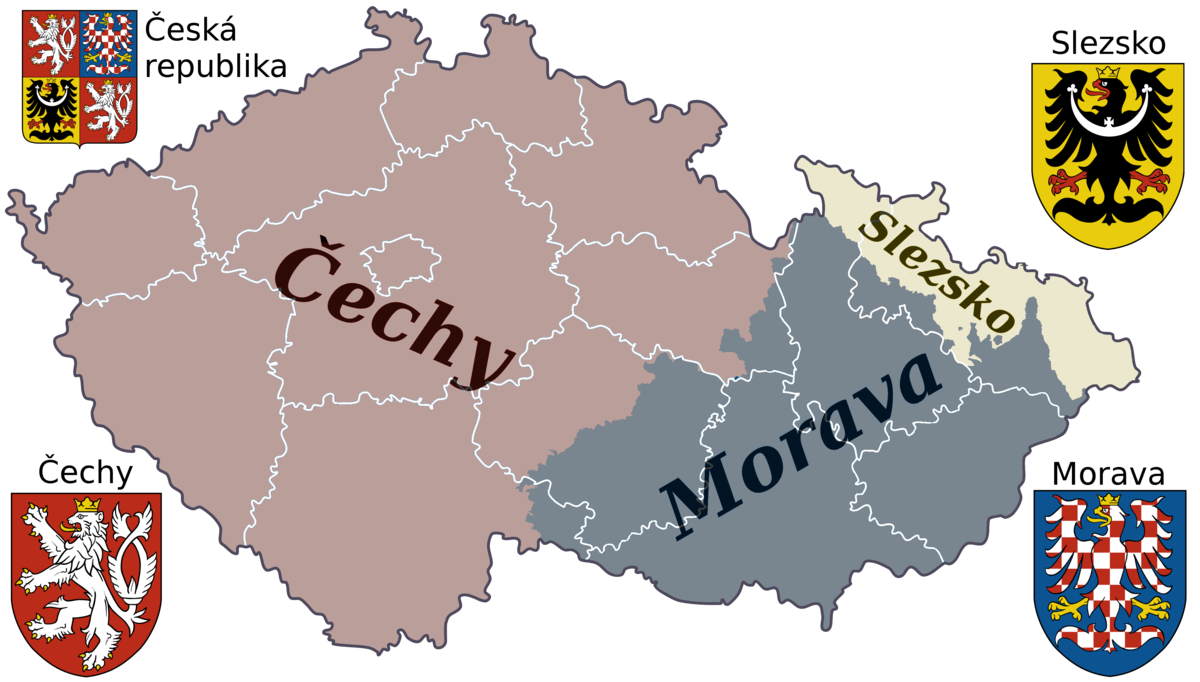
“Bohemian Kingdom”, “Bohemian and Moravia” or just “Cechy” have been names of the country throughout history. In 1993, the final name is the Czech Republic, consisting of the 3 areas: Bohemia, Moravia and Czech Silesia..
On the coat of arms you can see: a silver lion with 2 tails (Bohemia), an eagle on a chessboard with silver squares on a blue background (Moravia) and another black eagle on a yellow background (Silesia).
The Velvet Revolution, as the 1989 communist revolution is called. It was a pacifist movement and it is famous because all the people took out their keys and started shaking them up. The gesture had a double signature, on the one hand symbolizing “opening the doors” for them, but also a way to tell the communists “Goodbye, go home.”
The Czech Republic is the country where most beer is drunk per capita and it is sometimes even cheaper than water at some restaurants. Here is a national cult of beer. They invented the beer glass and they say it loud and clear.
In terms of inventions, the Czechs are responsible for the appearance of: contact lenses, sugar cube, staple closure system and ship thruster. The word “robot” belongs to them entirely and this means “work”, hence the meaning nowadays.
Carol IV University is one of the oldest in Europe, and initially only 3 fields were studied here: theology, medicine and law.
Many towers and buildings in the city are dark, black and give little drama to the city. That was Evy’s first question for us: Why do we think buildings are like that? And the surprising answer was: pollution. In Prague the towers are made with sandstone because the soil resource allow it and as a result with pollution they became blackened.
- Vysehrad
Vysehrad Hill is famous for its panorama and the Basilica of St. Peter and St. Paul.
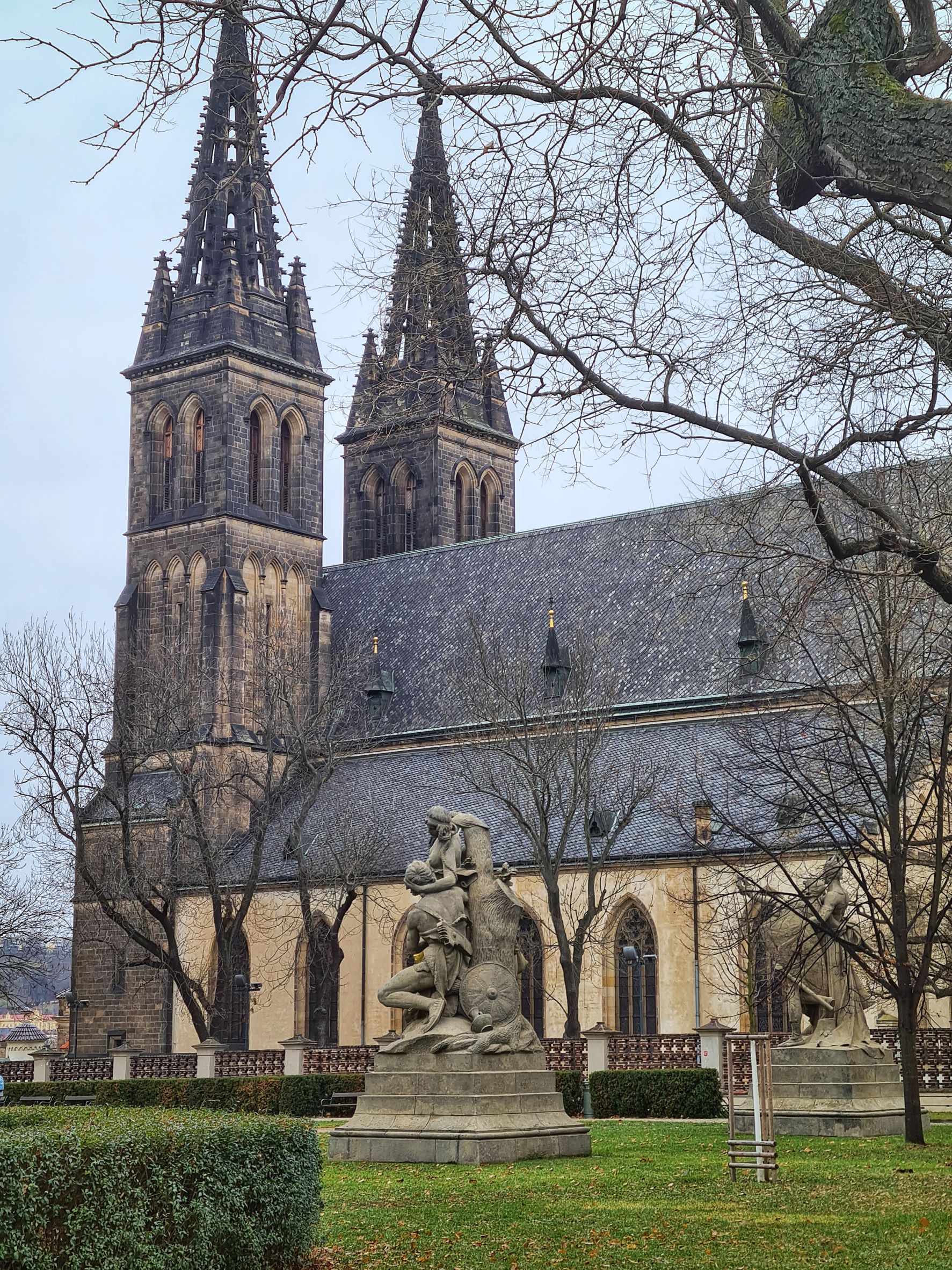
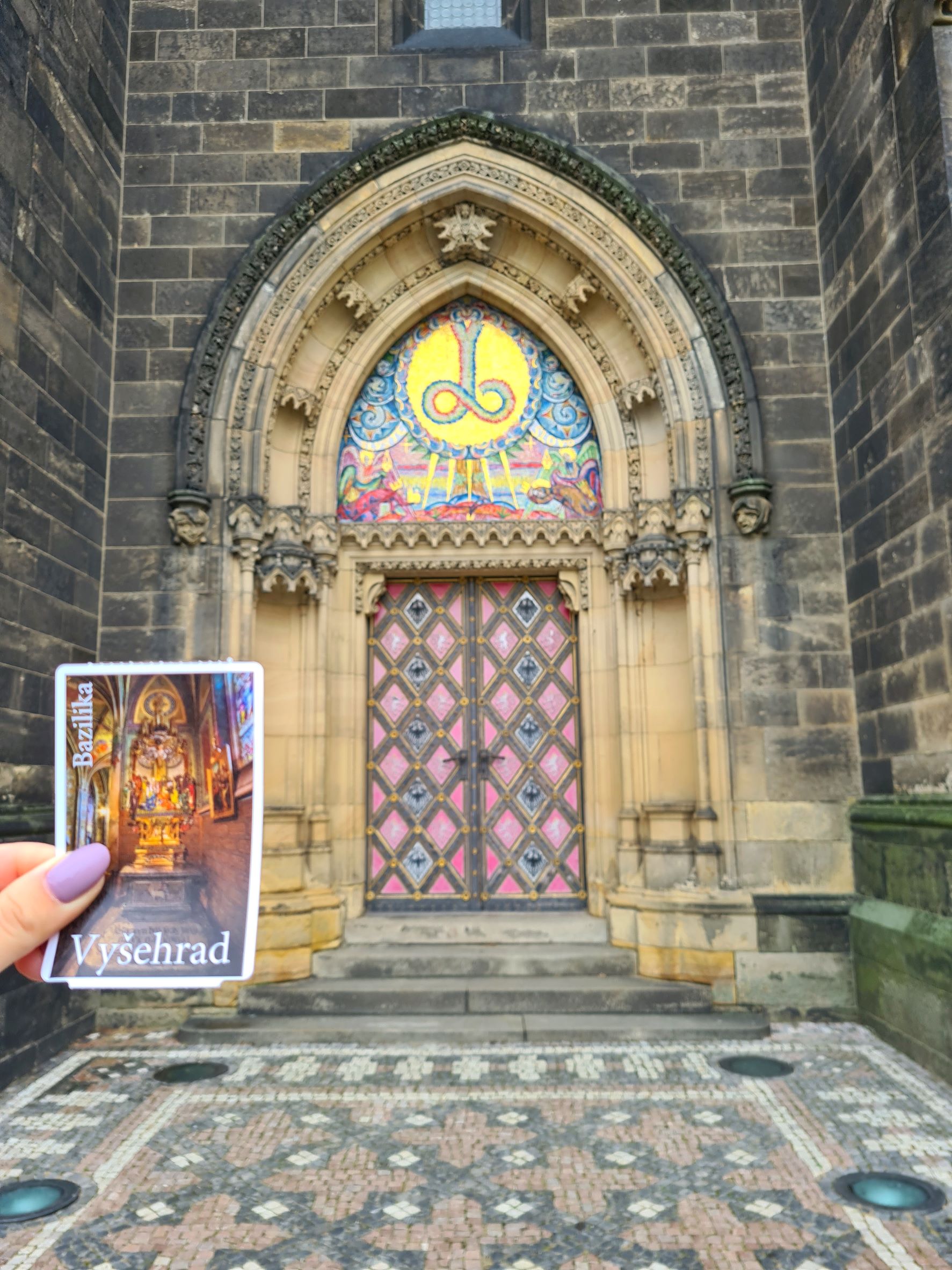
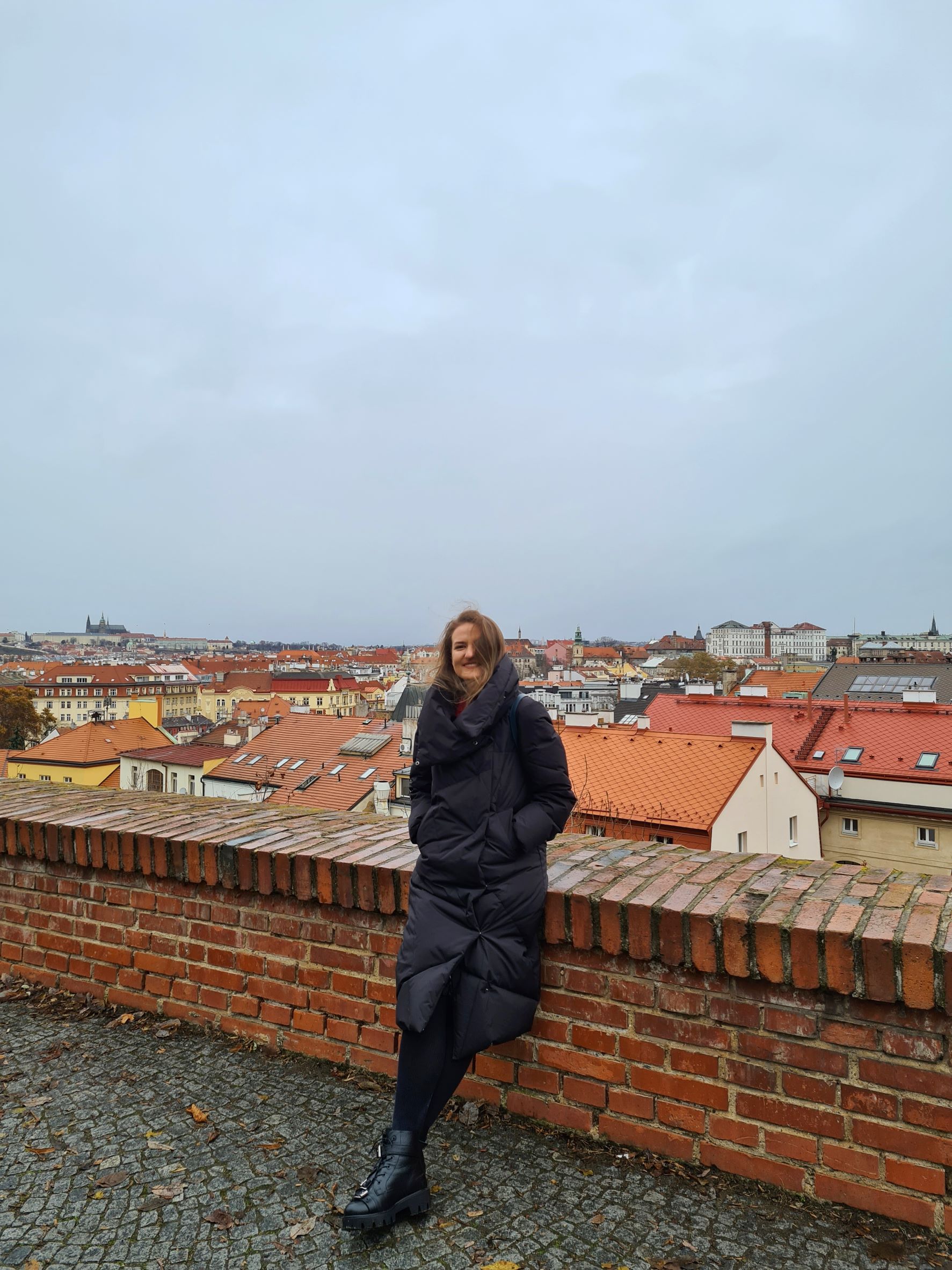
- Original Beer Spa
Definitely, we have to try one crazy thing from time to time :)), so we went to a jacuzzi in beer. Where more appropriate than in Prague, where beer = water :)). For details about cost and time go on the website: https://www.beerspa.com/beer-spa-prague-zitna-9/en/
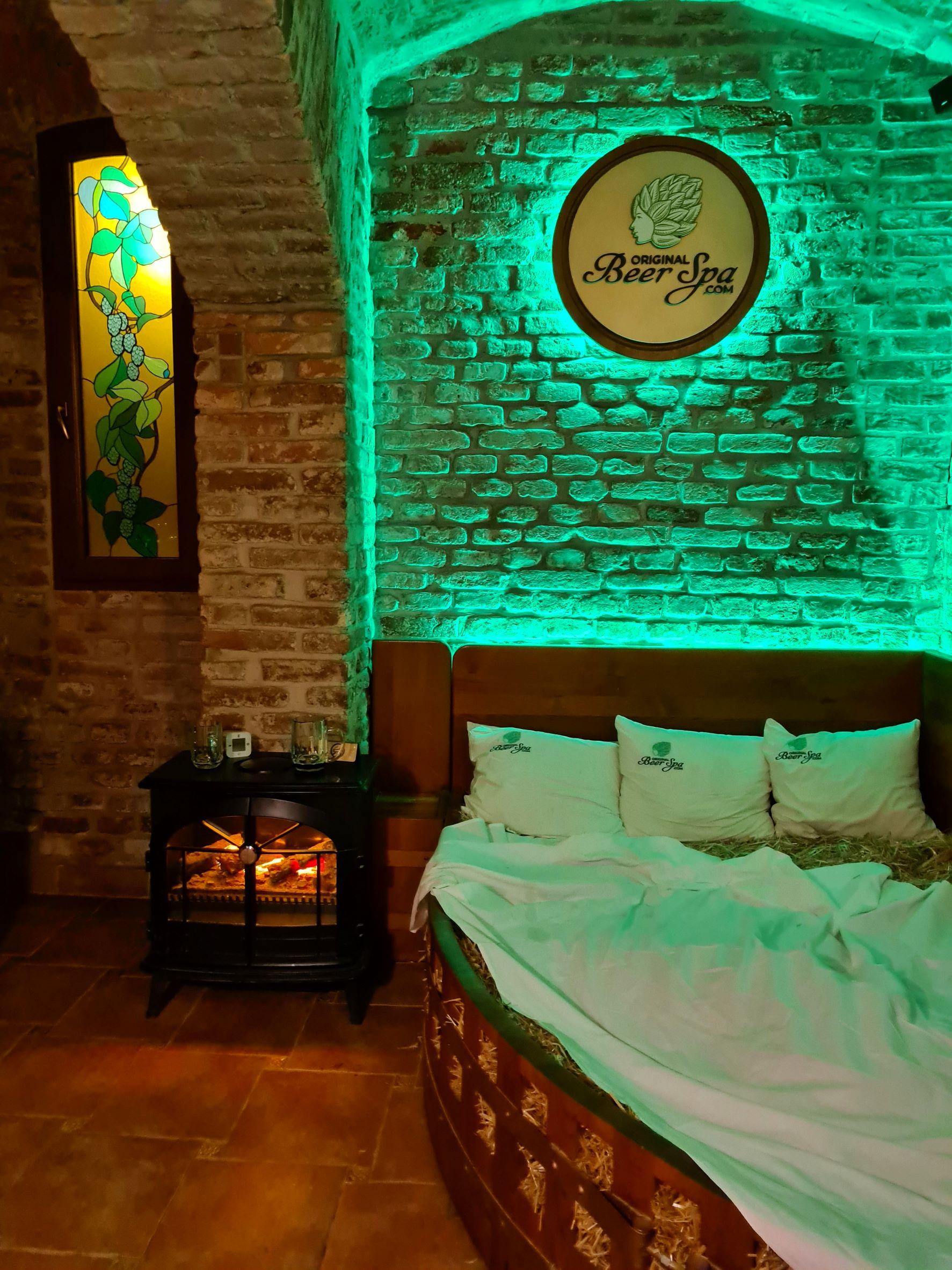

Food / drinks in Prague:
Soups: kulajda (dill & mushrooms soup); bramboracka (potato soup); zelnacka (cabbage soup); cibulacka (onion soup); cesnecka (garlic soup)
Main Dishes: gulas (beef stew); svickova na smetane (beef in cream sauce); pecene koleno (roasted pork knee); smazeny syr (fried cheese); pecena kachna (roasted duck)
Desserts: medovy dort (honey cake); jablecny strudl (apple strudel); rakvicka (sweet crispy cake with cream); venecek (Czech cream puff); kurtos kolac
Drinks: pivo ( beer >> Pilsner Urquell, Kozel, Staropramen, Budweiser Budvar) ; Slivovice (plum brandy); Becherovka (herbal liqueur); Kofola (herbal coke)
For some good restarants (all bugets), here is a link with a very nice maps from our guide:
Totally a must, it is TERASA U PRINCE with a super view in the old town!!
Dekuji, Cristiana ✈️
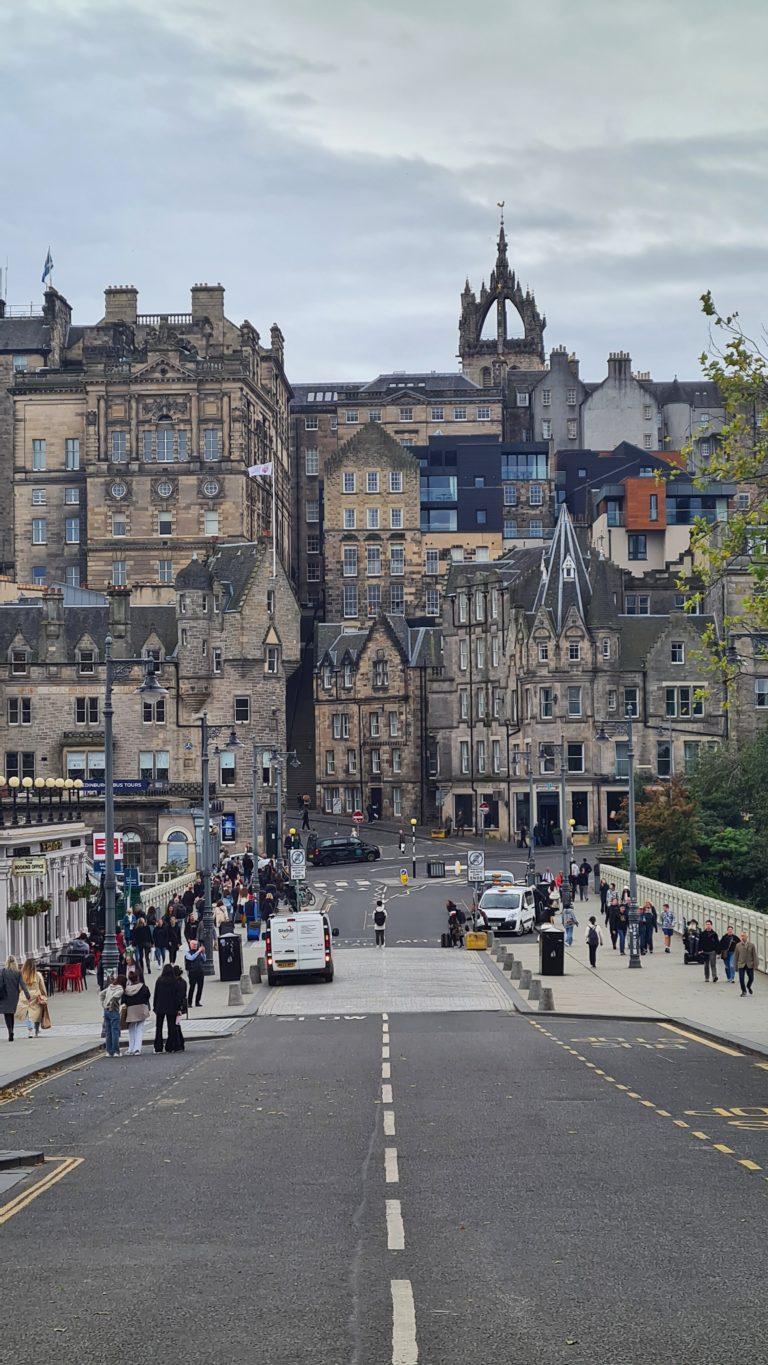

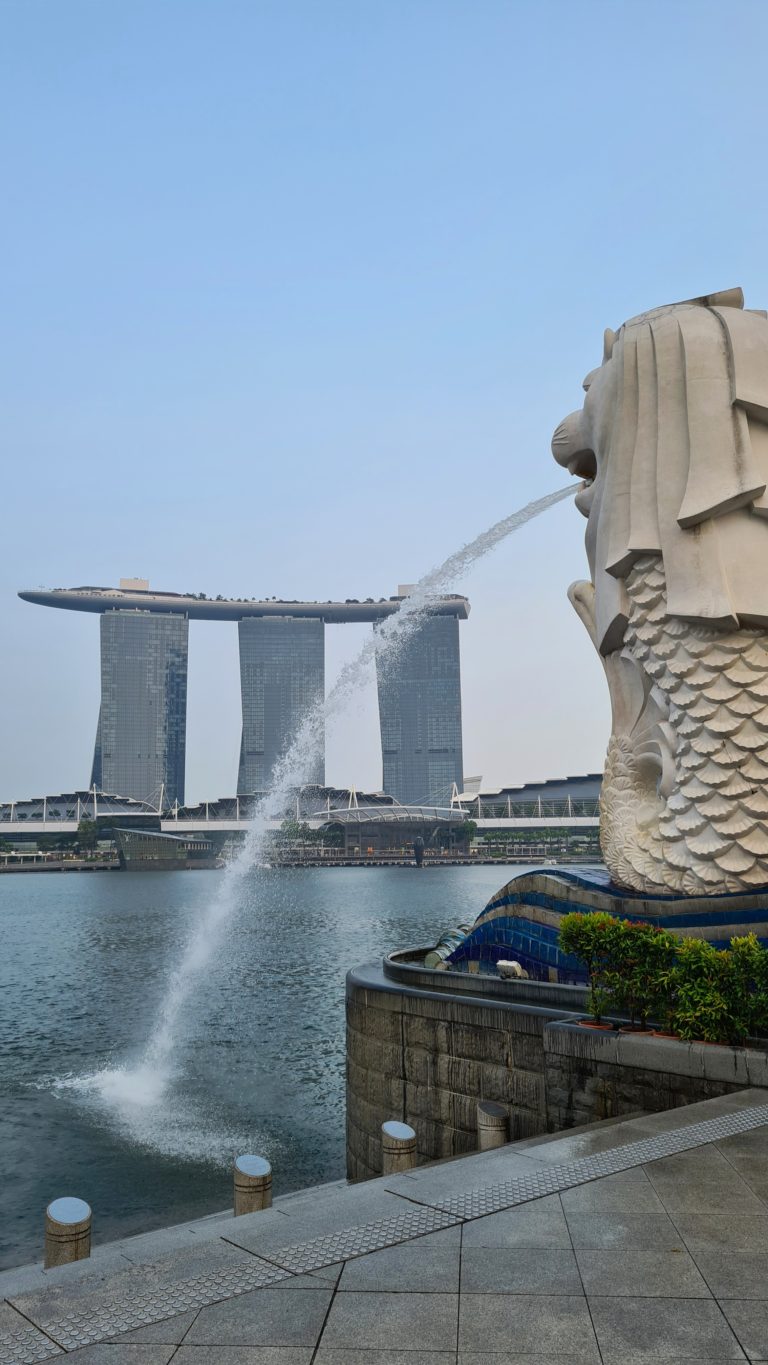

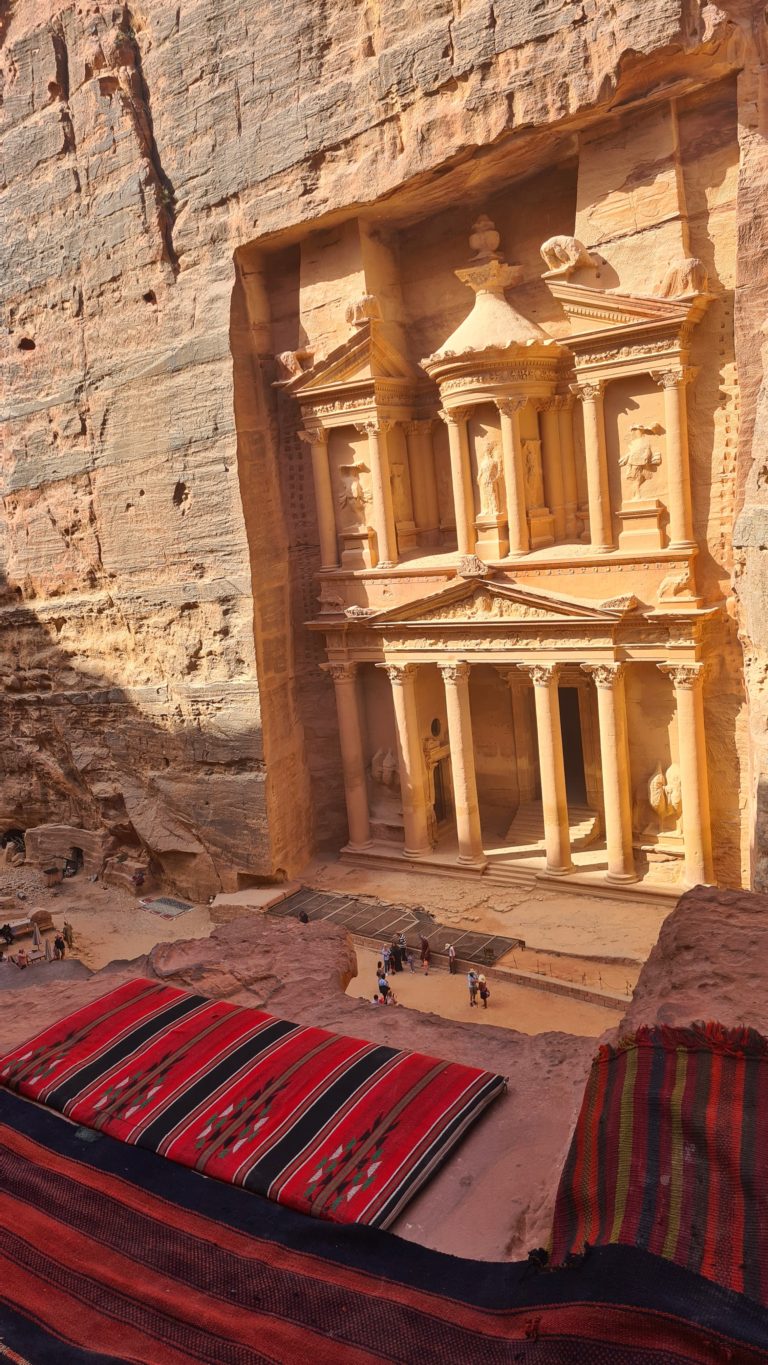
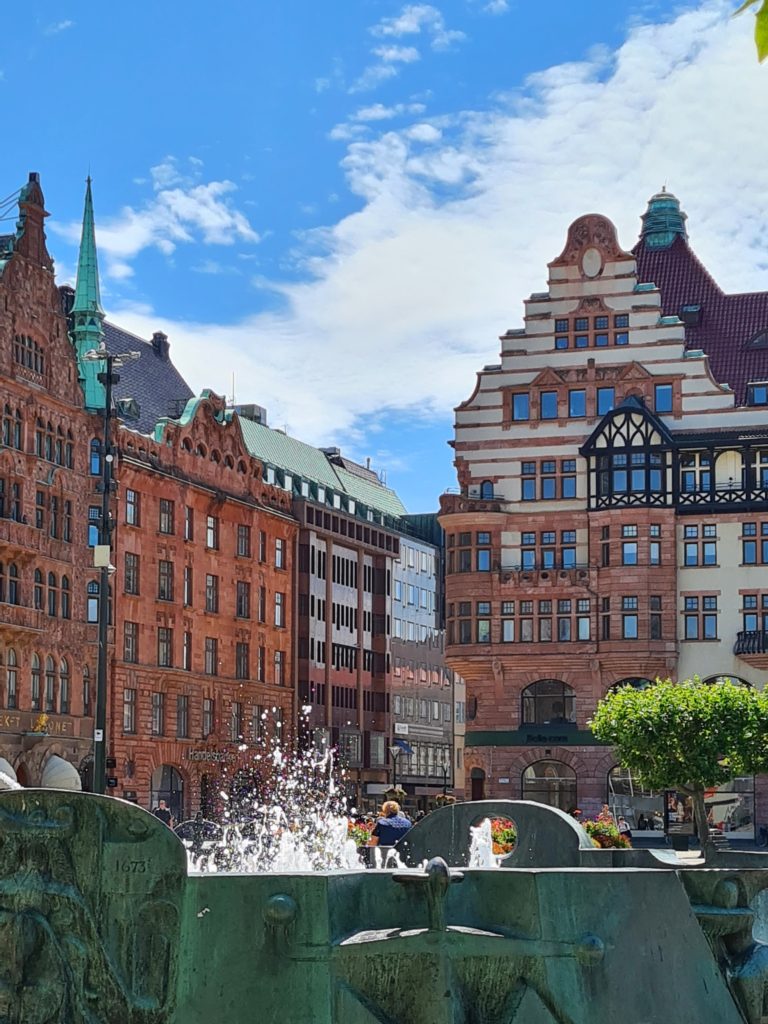
1 thought on “what to visit in Prague – 3 days itinerary”
Thanks for your blog, nice to read. Do not stop.